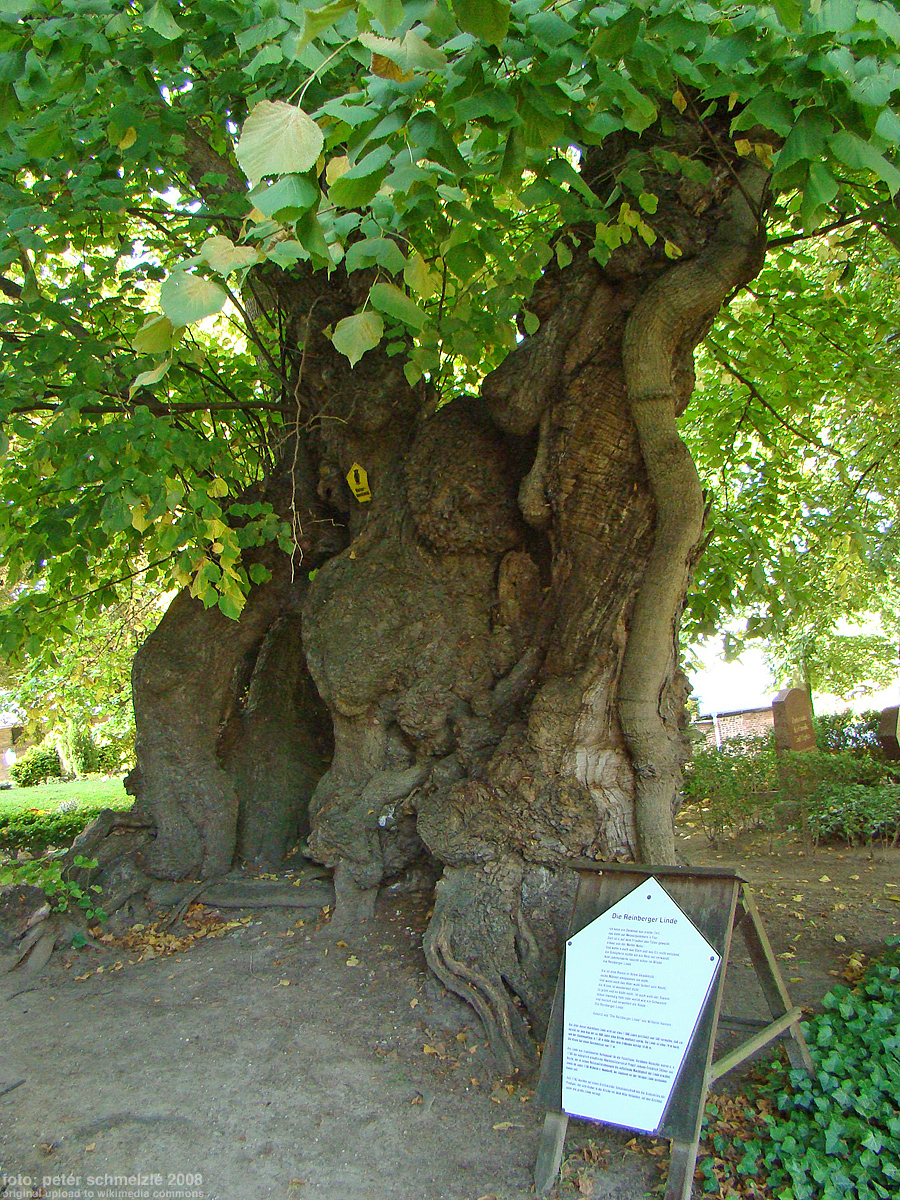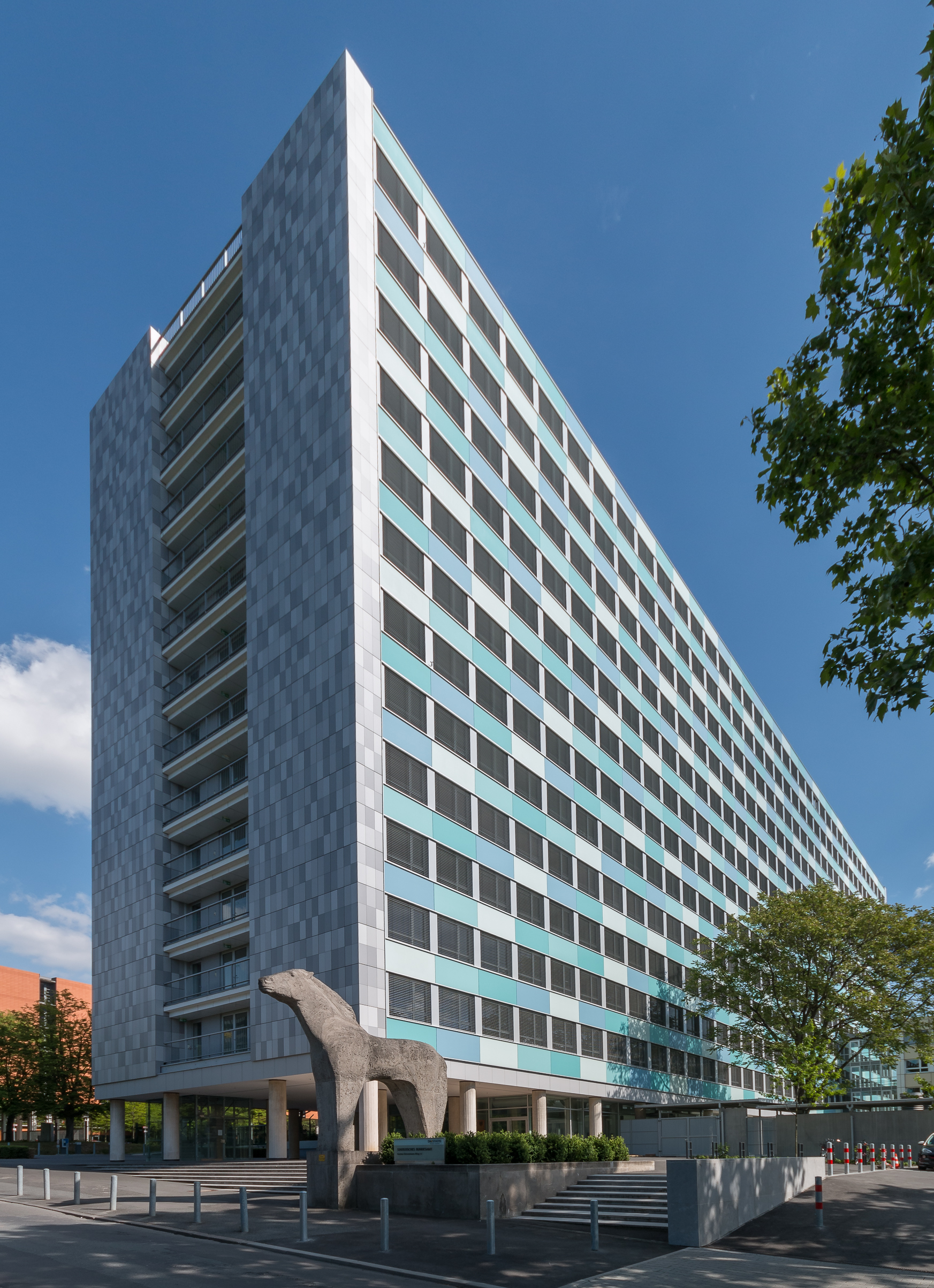|
Reinberg
Reinberg is a village and in the municipality of Sundhagen and lies between Stralsund and Greifswald on the Bundesstraße 105, B 105 federal road in northeastern Germany. To the north the former municipality of Reinberg borders on the Strelasund From the village of Stahlbrode that used to belong to it, there is a car ferry to the island of Rügen (Zudar peninsula). History In 1220 construction began on the church and in 1325 Reinberg was mentioned for the first time in the records. On the dissolution of the Principality of Rügen in 1325, the village transferred to the Duchy of Pomerania. From the end of the Thirty Years' War to the year 1815 the region belonged to Swedish Pomerania and thereafter to the Prussian Province of Pomerania (1815–1945), Province of Pomerania. Until 1952 Reinberg was part of the district of Landkreis Grimmen, Grimmen within the ''Bezirk'' of Bezirk Rostock, Rostock to 1994. Since 1990 it has also bee part of the state of Mecklenburg-Vorpommern. On ... [...More Info...] [...Related Items...] OR: [Wikipedia] [Google] [Baidu] |
Reinberg Village Church
The Reinberg village church (german: Dorfkirche Reinberg) is a Church (building), church dating to the 13th century in the West Pomeranian village of Reinberg (Sundhagen), Reinberg in the municipality of Sundhagen in northeast Germany. History Construction on the church began in the mid-13th century. The chancel was built first and the nave was added in the first half of the 14th century. At the end of the 14th century and beginning of the 15th, the tower in front of the west wall was built. The sacristy on the north wall of the chancel dates to the 15th century. Exterior The building is a triple-aisled brick church. The double bay (architecture), bay hall has a set-back, single-bay chancel made of fieldstones. The chancel is decorated by a round-arched, corbel frieze that runs all around it. On the west side is a square Bell tower, church tower made of brick. The brick gable on the east side has a staggered group of three windows, a staggered ogive, ogival window and an as ... [...More Info...] [...Related Items...] OR: [Wikipedia] [Google] [Baidu] |
Reinberg Lime
The Reinberg Lime (german: Reinberger Linde) is a roughly 1,000-year-old lime tree by the village church in Reinberg in the German district of Vorpommern-Rügen. The age of the lime tree, which has been designated as a natural monument is estimated at about 1,000 years old, which makes the tree considerably older than the neighbouring historic village church. The tree has a height of about 19 metres and a crown diameter of about 17 metres. The girth of the trunk at a height of 1.30 metres is 10.80 metres. From 1782, following a senate resolution, priests were buried beneath the lime tree rather than being interred in front of the altar as had hitherto been the case. In 1795 the lime was mentioned in the travel diaries of Johann Friedrich Zöllner. He wrote: In 1796 Wilhelm von Humboldt also admired the mighty tree. Literature * Stefan Kühn, Bernd Ullrich, Uwe Kühn: ''Unsere 500 ältesten Bäume.'' BLV, Munich, 2009, , p. 38. See also * Kaditz Lime Tree ... [...More Info...] [...Related Items...] OR: [Wikipedia] [Google] [Baidu] |
Sundhagen
Sundhagen is a municipality in Mecklenburg-Vorpommern, Germany, located in Amt Miltzow in the district of Vorpommern-Rügen. Sundhagen was constituted on 7 June 2009 by fusion of the following municipalities: Statistisches Bundesamt * Behnkendorf * Brandshagen * Horst * [...More Info...] [...Related Items...] OR: [Wikipedia] [Google] [Baidu] |
Principality Of Rügen
The Principality of Rügen; da, Fyrstendømmet Rygien; pl, Księstwo rugijskie; la, Rugia was a Danish principality, formerly a duchy, consisting of the island of Rügen and the adjacent mainland from 1168 until 1325. It was governed by a local dynasty of princes of the ''Wizlawiden'' (''House of Wizlaw'') dynasty. For at least part of this period, Rügen was subject to the Holy Roman Empire. Danish conquest and conversion The Danes conquered the Rani stronghold of Arkona in 1168. The rulers of the Rani became vassals of the Danish king, and the Slavic population was gradually Christianized. In the 12th century, the Duchy of Rügen not only functioned as a bridgehead for Danish expansions into ''Vendland'', but also Rani forces successfully participated in Danish raids into Circipania and areas conquered by Pomerania's Wartislaw I in the 1120s. After Pomerania became part of the Holy Roman Empire in 1181, it sent out a navy in 1184 to subdue Rügen for the empire, too. ... [...More Info...] [...Related Items...] OR: [Wikipedia] [Google] [Baidu] |
Brandshagen
Brandshagen is a village and a former municipality in the Vorpommern-Rügen district, in Mecklenburg-Vorpommern, Germany. It is located on the Pomeranian mainland opposite the island of Rügen. It was named after ''Borante'', an early member of the House of Putbus, who built a motte-and-bailey castle in the 13th century which has been proved by excavations. ''Hag(en)'' is an old word for an area enclosed or fenced in by a hedge (like ''The Hague The Hague ( ; nl, Den Haag or ) is a city and municipality of the Netherlands, situated on the west coast facing the North Sea. The Hague is the country's administrative centre and its seat of government, and while the official capital of ...''). Since 7 June 2009, it is part of the Sundhagen municipality. Villages in Mecklenburg-Western Pomerania {{VorpommernRügen-geo-stub ... [...More Info...] [...Related Items...] OR: [Wikipedia] [Google] [Baidu] |
Vogt
During the Middle Ages, an (sometimes given as modern English: advocate; German: ; French: ) was an office-holder who was legally delegated to perform some of the secular responsibilities of a major feudal lord, or for an institution such as an abbey. Many such positions developed, especially in the Holy Roman Empire. Typically, these evolved to include responsibility for aspects of the daily management of agricultural lands, villages and cities. In some regions, advocates were governors of large provinces, sometimes distinguished by terms such as (in German). While the term was eventually used to refer to many types of governorship and advocacy, one of the earliest and most important types of was the church advocate (). These were originally lay lords, who not only helped defend religious institutions in the secular world, but were also responsible for exercising lordly responsibilities within the church's lands, such as the handling of legal cases which might require the u ... [...More Info...] [...Related Items...] OR: [Wikipedia] [Google] [Baidu] |
Christ
Jesus, likely from he, יֵשׁוּעַ, translit=Yēšūaʿ, label=Hebrew/Aramaic ( AD 30 or 33), also referred to as Jesus Christ or Jesus of Nazareth (among other Names and titles of Jesus in the New Testament, names and titles), was a first-century Jews, Jewish preacher and religious leader; he is the central figure of Christianity, the Major religious groups, world's largest religion. Most Christians believe he is the Incarnation (Christianity), incarnation of God the Son and the awaited Messiah#Christianity, Messiah (the Christ (title), Christ) prophesied in the Hebrew Bible. Virtually all modern scholars of antiquity agree that Historicity of Jesus, Jesus existed historically. Quest for the historical Jesus, Research into the historical Jesus has yielded some uncertainty on the historical reliability of the Gospels and on how closely the Jesus portrayed in the New Testament reflects the historical Jesus, as the only detailed records of Jesus' life are contained in ... [...More Info...] [...Related Items...] OR: [Wikipedia] [Google] [Baidu] |
Theodor Billroth
Christian Albert Theodor Billroth (26 April 18296 February 1894) was a German surgeon and amateur musician. As a surgeon, he is generally regarded as the founding father of modern abdominal surgery. As a musician, he was a close friend and confidant of Johannes Brahms, a leading patron of the Viennese musical scene, and one of the first to attempt a scientific analysis of musicality. Early life and education Billroth was born at Bergen auf Rügen in the Kingdom of Prussia, the son of a pastor. His father died of tuberculosis when Billroth was five years old. He attended school in Greifswald where he obtained his ''Abitur'' degree in 1848. Billroth was an indifferent student, and spent more time practicing piano than studying. Torn between a career as a musician or as a physician, he acceded to his mother's wishes and enrolled himself at the University of Greifswald to study medicine, but gave up the whole of his first term to the study of music; Professor Wilhelm Baum, however ... [...More Info...] [...Related Items...] OR: [Wikipedia] [Google] [Baidu] |
Statistisches Bundesamt
The Federal Statistical Office (german: Statistisches Bundesamt, shortened ''Destatis'') is a federal authority of Germany. It reports to the Federal Ministry of the Interior. The Office is responsible for collecting, processing, presenting and analysing statistical information concerning the topics economy, society and environment. The purpose is providing objective, independent and highly qualitative statistical information for the whole public. About 2300 staff members are employed in the departments in Wiesbaden, Bonn and Berlin. The department in Wiesbaden is the main office and runs the largest library specialised in statistical literature in Germany. It is also the Office of the President who is also by tradition, but not by virtue of the office, the Federal Returning Officer. In this position, they are the supervisor of the elections of the German Parliament ("Bundestag") and of the European Parliament. The Berlin Information Point is the service centre of the Federal O ... [...More Info...] [...Related Items...] OR: [Wikipedia] [Google] [Baidu] |
Wilmshagen (Sundhagen)
Wilmshagen is a village and a former municipality in the Vorpommern-Rügen district, in Mecklenburg-Vorpommern, Germany. Since 7 June 2009, it is part of the Sundhagen Sundhagen is a municipality in Mecklenburg-Vorpommern, Germany, located in Amt Miltzow in the district of Vorpommern-Rügen. Sundhagen was constituted on 7 June 2009 by fusion of the following municipalities: [...More Info...] [...Related Items...] OR: [Wikipedia] [Google] [Baidu] |
Miltzow
Miltzow is a village and a former municipality in the Vorpommern-Rügen district, in Mecklenburg-Vorpommern, Germany. Since 7 June 2009, it is part of the Sundhagen municipality. Transport Miltzow railway station connects Miltzow with Stralsund, Greifswald, Züssow, Usedom, Angermünde, Eberswalde and Berlin Berlin ( , ) is the capital and largest city of Germany by both area and population. Its 3.7 million inhabitants make it the European Union's most populous city, according to population within city limits. One of Germany's sixteen constitue .... Villages in Mecklenburg-Western Pomerania {{VorpommernRügen-geo-stub ... [...More Info...] [...Related Items...] OR: [Wikipedia] [Google] [Baidu] |



